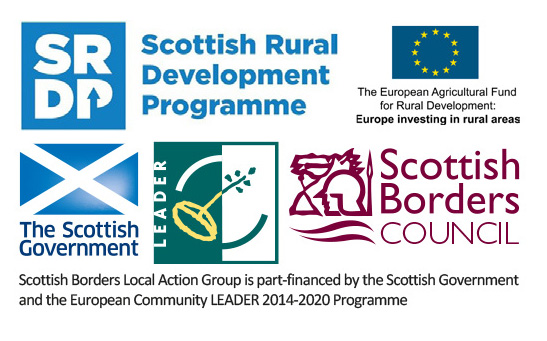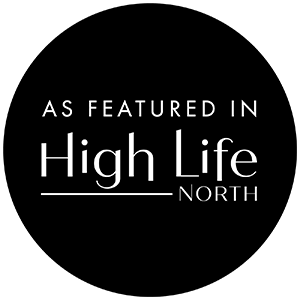Riddell Estate History
A brief History of a Scottish Country Estate
A number of curious and authentic documents provide an insight into the intriguing set of circumstances by which the Estate became known as “Ancient Riddell”. The formation of the Estate began with a grant of land to Walter de Ridale by King David 1st of Scotland. This gift was first recorded in a charter by David “King of the Scots” who was crowned at Scone in May 1124 and reigned until May 1153. A copy of the charter is in the possession of the Riddell family and is thought to be the earliest of its kind.
The other two records are in the form of papal bulls of confirming the will of Walter de Ridale, in favour of his brother Anschittil de Ridale. One of the bulls is from Pope Adrianus IV dated 8th April 1155. The other is from Pope Alexander dated 11th July 1160 (historical document on Riddell Family).
Riddell featured in the majestic scenery of Sir Walter Scott’s ballad “Lay of the Last Minstrel”(Canto I) in which a part of the journey of Sir William Deloraine is described:
“Unchallenged thence passed Deloraine
To ancient Riddell’s fair domain,
Where Aill, from mountain freed
Down from the lakes did raving come
Each wave was crested with tawny foam,
Like the mane of a chestnut steed.”
Sir Walter appended a note confirming: “The family of Riddell have been very long in possession of the barony called Riddell or Ryedale, part of which still bears the latter name. Tradition carries their antiquity to a point extremely remote, and is in some degree, sanctioned by the discovery of two stone coffins, one containing an earthen pot filled with ashes and arms, bearing a legible date A.D 727; the other dated 936, and filled with the bones of a man of gigantic size…..”
Riddell’s original Norman Fort stood on the site of the present 19th century tower.
The structure erected on this site was distinctive because normally these forts had only one fosse and dyke while this one has two. The final stone fortification to be sited here was destroyed in 1545 by the Earl of Hertford at the same time as he sacked the abbeys, possibly as there was a Chapel of Rest for the monks beside it.
Thomas Seymour, Ist Duke of Somerset, Ist Earl of Hertford and 1st Viscount Beauchamp of Hache, KG, Earl Marshal was Lord Protector of England in the period between the death of Henry VIII in 1547 and his own indictment and execution in 1549. Thomas was the eldest brother of Jane Seymour Henry VIII’s third queen consort. He became Warden of the Scottish Marches. As a skilled soldier his main interest as Protector was the war against Scotland where he set up a network of Garrisons, leading the attack on Melrose Abbey in 1545 with cannon he had set up, possibly at Gattonside on the northern bank of the River Tweed. Hertford was carrying out the orders of Henry VIII of England who wanted Queen Mary to marry his son – Prince Edward – whereby he would gain sovereignty over the Scots.
Despite the torrid nature of the historical and political backdrop Riddell Estate remained in the hands of the Riddell family from the early part of the 12th Century until it was purchased by the Sprot family in 1823 with a fortune made in the City of London. The property at that time comprised of 3,278 acres and cost £65,000.
The mansion house, now a ruin, was burnt down in 1943. It was originally a peel tower built in the early 16th century and added to in the 17th and 19th centuries. Records show that the original building was looted and burnt down in 1607. The tower was then rebuilt and comprises part of the west gable of the ruin that remains. The front elevation of the house was extended in the 1700s.
The wooded area that extends from the ruin to the site of the Tower preserves many of the features of the original designed landscape and contains some magnificent examples of tree and plant species. This is the site of the planned ‘Roots at Riddell’ project the long term aim of which is to create connections to people who have an interest in the Estate by involving them in the renaissance of the former ‘wild garden’ and arboretum. We hope that this project will enable many people to engage with and contribute to the future of the Estate.








